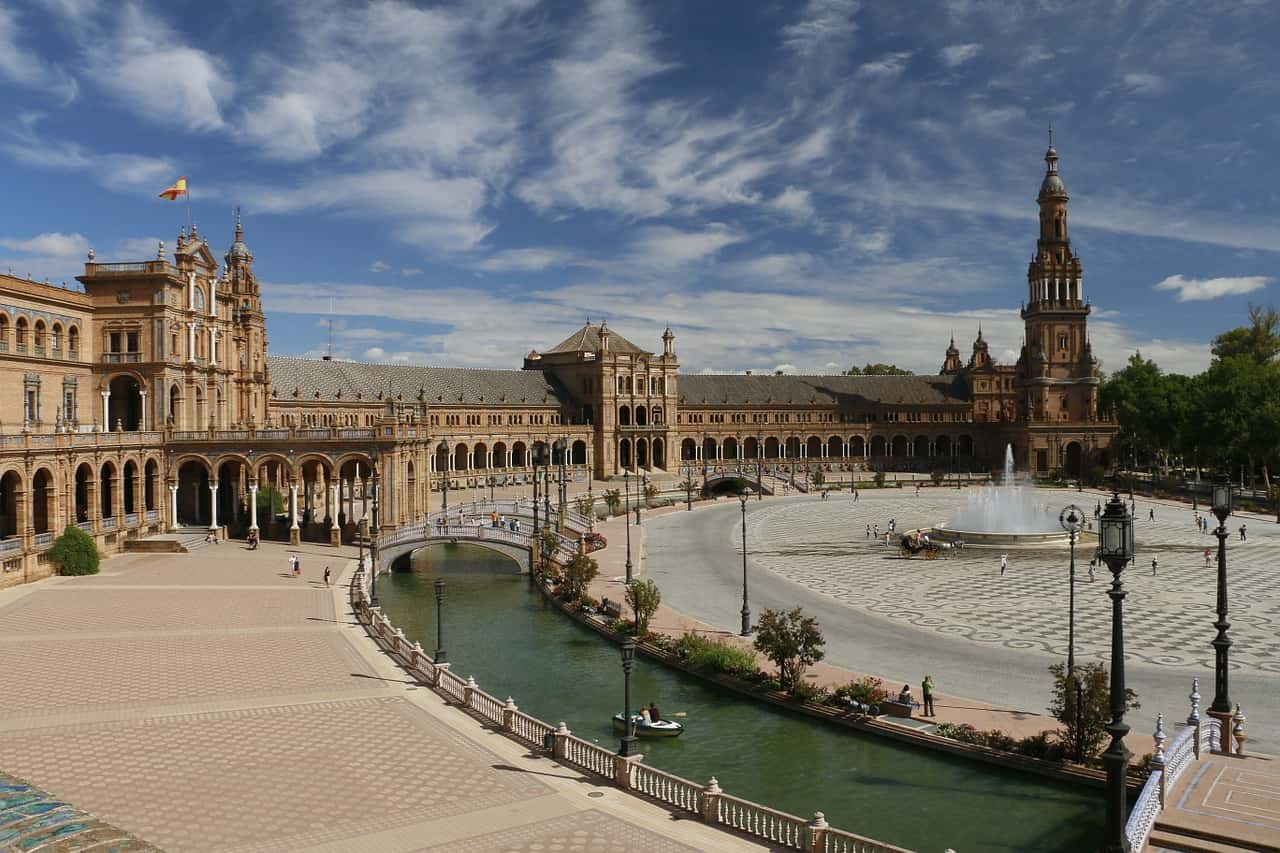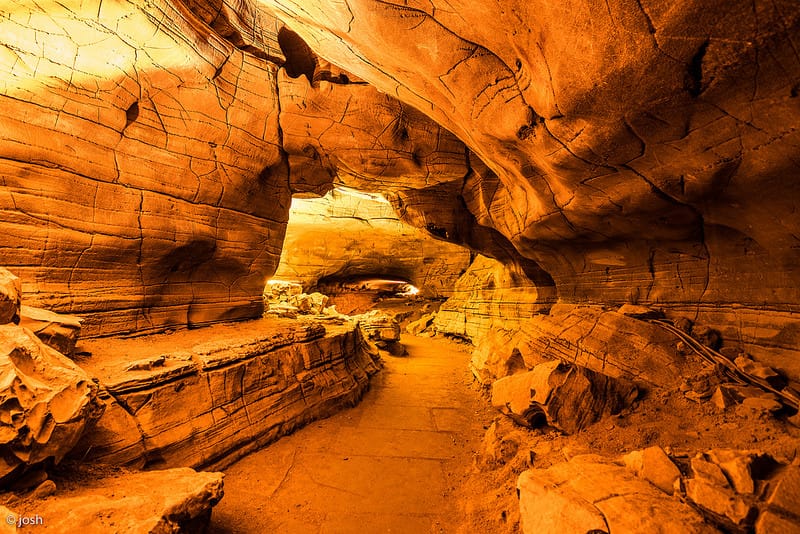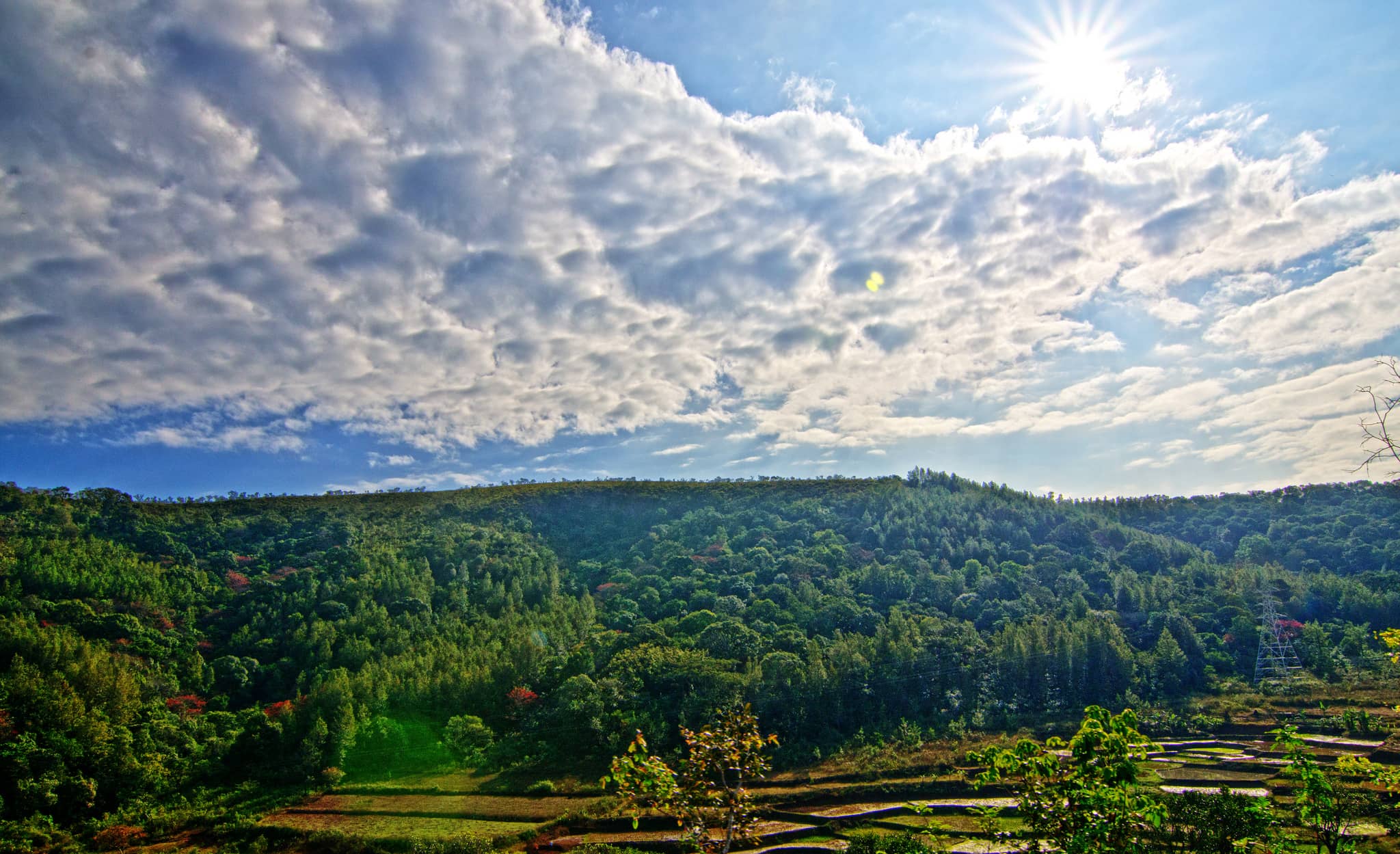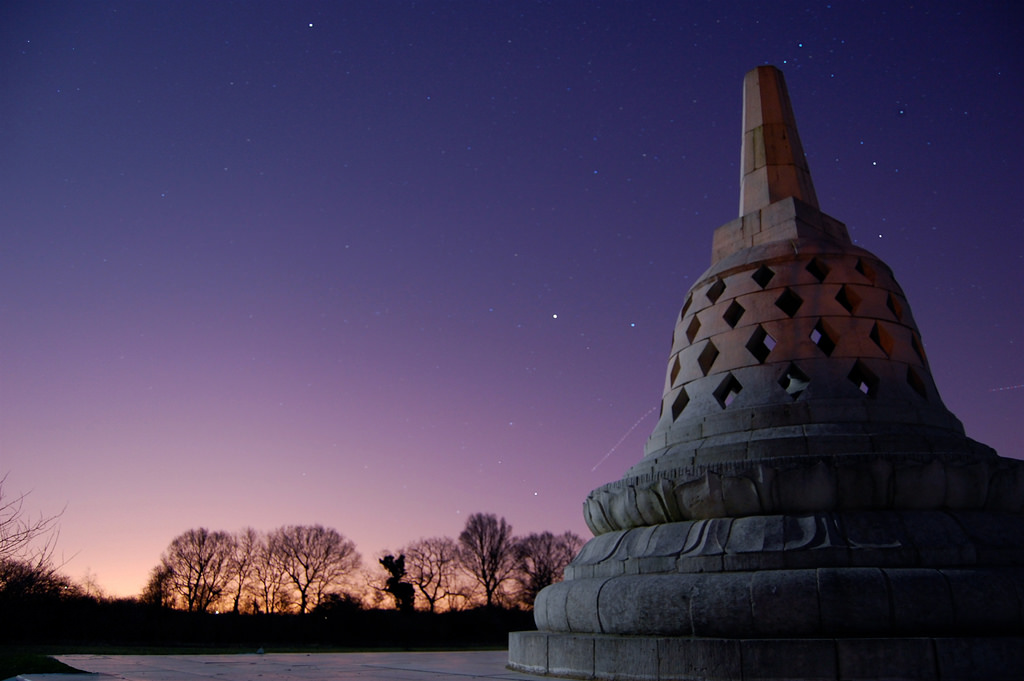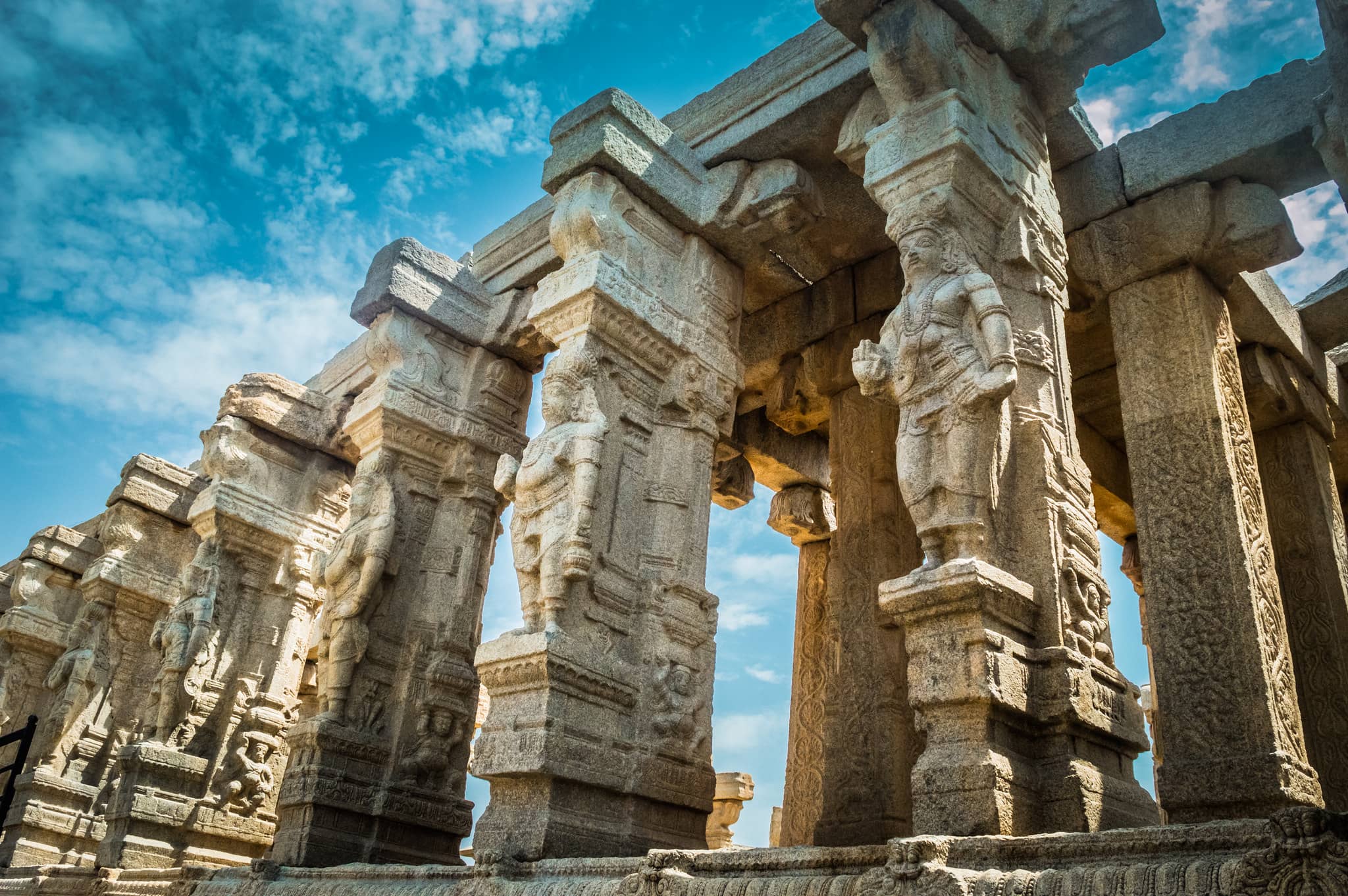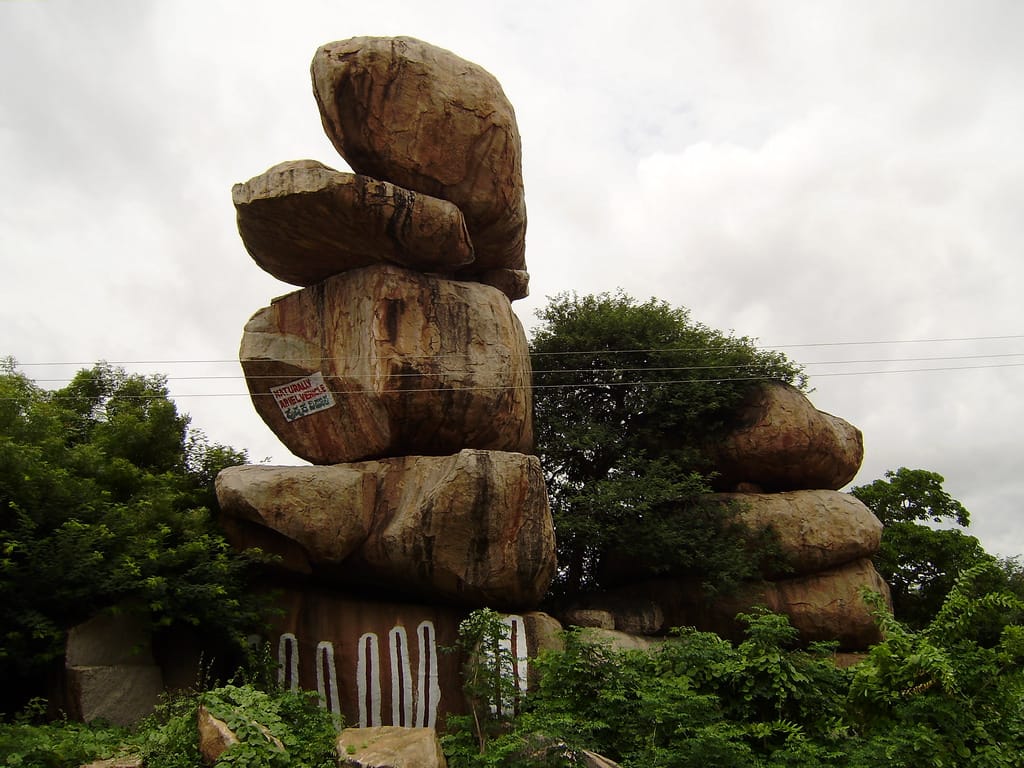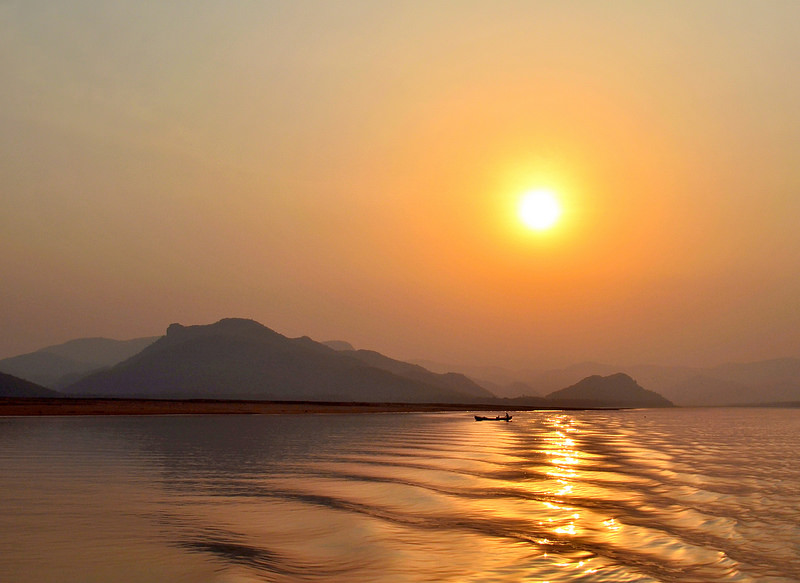Seville, often called the “jewel of Southern Spain,” is a city where old traditions, rich culture, and modern life come together beautifully. Located on the banks of the Guadalquivir River, Seville is known for its deep history, stunning buildings, lively festivals, and warm, friendly vibe.
In this article, we’ll take a virtual journey through Seville, exploring its hidden treasures and seeing what makes it such a special place to visit.
Seville’s story goes back over 2,000 years. It was first founded by the Romans in the 1st century BC and called Hispalis. Over time, it became an important center for trade in the region. But Seville truly flourished during the Al-Andalus period, when it became a major place for learning, culture, and science.
Seville – places to visit in Seville
Alcázar of Seville
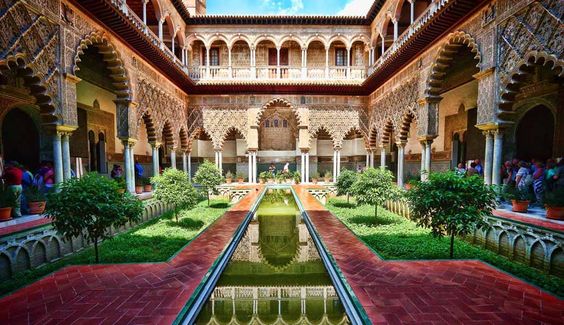
The Alcázar of Seville is a stunning palace in the heart of the city. Known for its beautiful mix of Moorish and Gothic styles, it has a long and fascinating history. Once a fortress, it later became a royal residence. Today, it’s a UNESCO World Heritage Site, famous for its detailed architecture and peaceful gardens. A visit here offers a glimpse into Seville’s rich past and cultural beauty.
Plaza de España

Plaza de España is one of Seville’s most famous landmarks. Built in 1928 for the Ibero-American Exposition, it showcases a mix of Renaissance and Moorish styles. Designed by architect Aníbal González, the plaza features a large, semi-circular building, bridges, fountains, and tiled alcoves representing each region of Spain. It’s a great place to walk around, take photos, and enjoy the city’s history.
Giralda
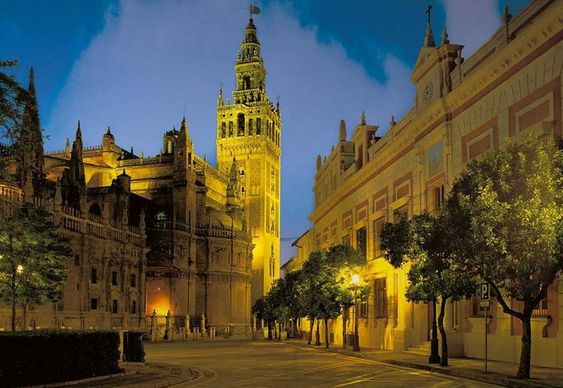
The Giralda is Seville’s iconic bell tower and a symbol of the city. Originally built as a minaret during the Islamic period, it later became part of the Seville Cathedral. The tower beautifully blends Islamic and Christian styles, featuring arches, patterns, and detailed brickwork. Climbing to the top gives you a fantastic view of the city.
Seville Cathedral
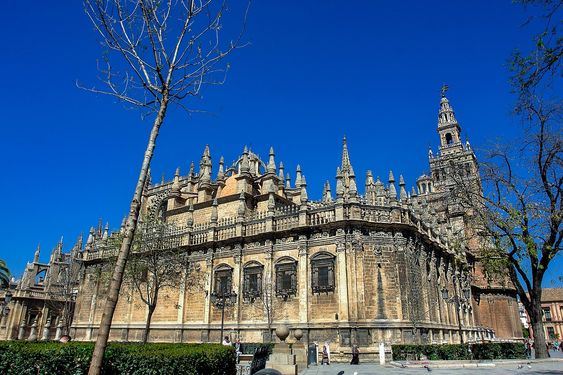
Seville Cathedral is one of the largest and most impressive Gothic churches in the world. Located in the center of the city, it reflects centuries of religious and artistic heritage. Inside, you’ll find grand altars, historic artwork, and the tomb of Christopher Columbus. It’s a must-see for anyone interested in history, art, or architecture.
Torre del Oro
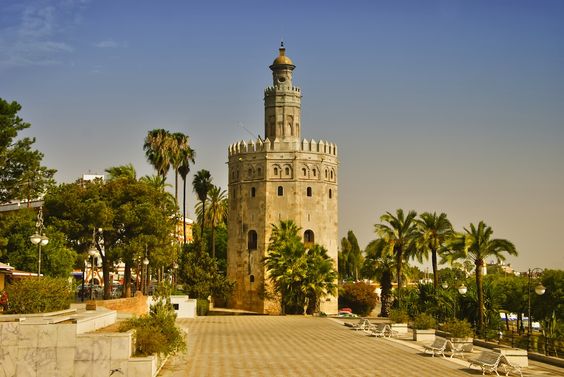
The Torre del Oro, or “Tower of Gold,” is a 13th-century watchtower on the Guadalquivir River. Once used for defense, it also stored treasures brought from the Americas. Today, it houses a small naval museum and offers great views from the top. It’s a great stop to learn about Seville’s maritime history.
Maria Luisa Park
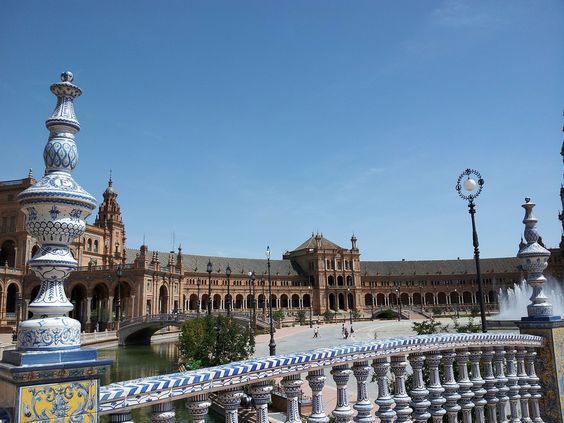
Maria Luisa Park is a green oasis in the middle of Seville. It’s filled with fountains, walking paths, shaded areas, and lovely gardens. The park is perfect for a relaxing stroll or a picnic. It’s also home to Plaza de España and other attractions, making it a peaceful yet lively spot for visitors.
Metropol Parasol
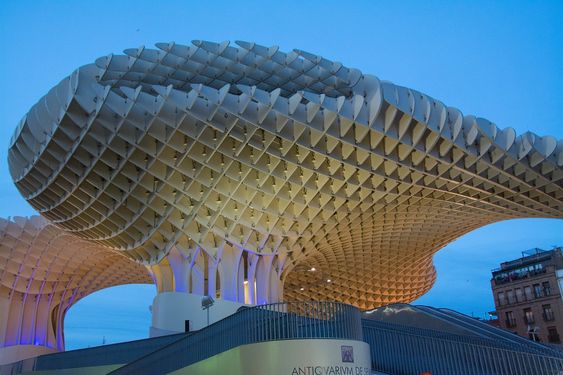
The Metropol Parasol, also known as “Las Setas” or “The Mushrooms,” is a modern wooden structure in Seville’s old town. Finished in 2011, it’s one of the world’s largest wooden buildings. It has walkways, viewing platforms, and even a museum beneath it. A great place for panoramic views and modern design lovers.
Maestranza (Bullring of Seville)

The Maestranza is one of Spain’s most famous bullrings. It’s been hosting bullfights since the 18th century and is a key part of Seville’s traditions. Though bullfighting is a topic of debate today, the arena remains an important cultural site. You can visit the museum inside to learn about its history and the role of bullfighting in Spanish culture.
Museum of Fine Arts of Seville
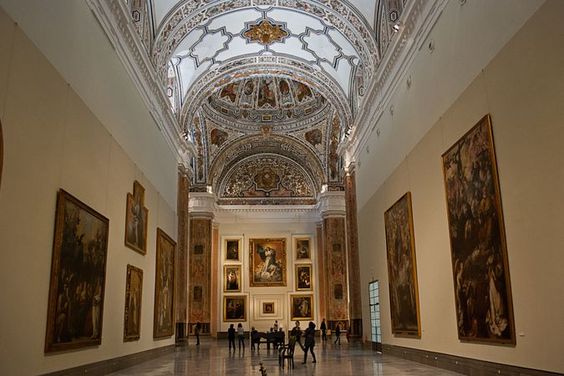
This museum is one of the most important art museums in Spain. Located in a former convent, it houses works from the Middle Ages to the 20th century. It features many paintings by famous Spanish artists, especially from the Baroque period. It’s a great place to explore Spain’s artistic legacy.
Casa de Pilatos
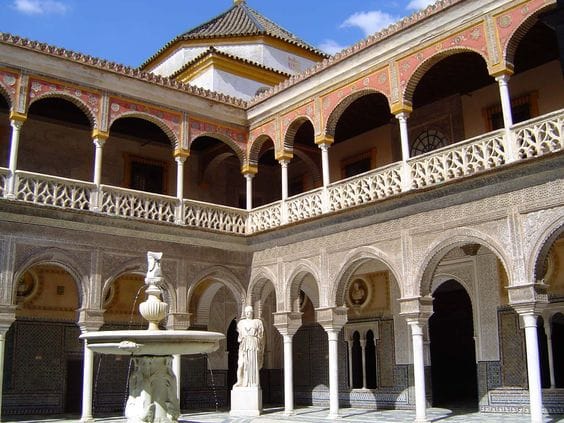
Casa de Pilatos is a beautiful palace in Seville that blends many architectural styles—Gothic, Mudejar, Renaissance, and Baroque. Every part of the building tells a story, from the detailed tiles to the peaceful courtyards. Visiting Casa de Pilatos feels like stepping back in time and seeing how art and history come together in one place.
Best Time to Visit Seville
The best time to visit Seville depends on your weather preferences and travel style.
With hot summers and mild winters, each season offers something different.
Spring (March to May)
- Ideal time for most visitors
- Warm days: 15°C to 25°C (59°F to 77°F)
- Orange trees bloom with a sweet scent
- Perfect for walking, sightseeing, and parks
- Popular, but less crowded than summer
Fall (September to November)
- Comfortable weather: 15°C to 28°C (59°F to 82°F)
- Fewer tourists than summer
- Great for outdoor exploring
- Cultural season starts with festivals and events
Summer (June to August)
- Very hot: often 35°C+ (95°F), sometimes near 40°C (104°F)
- Fewer crowds and cheaper stays
- Expect siestas and some businesses closing midday
- Good for early mornings and evening outings
Winter (December to February)
- Mild days: 10°C to 18°C (50°F to 64°F)
- Quiet streets and better hotel deals
- Some places may close early
- Holiday lights and a festive vibe during Christmas and New Year
